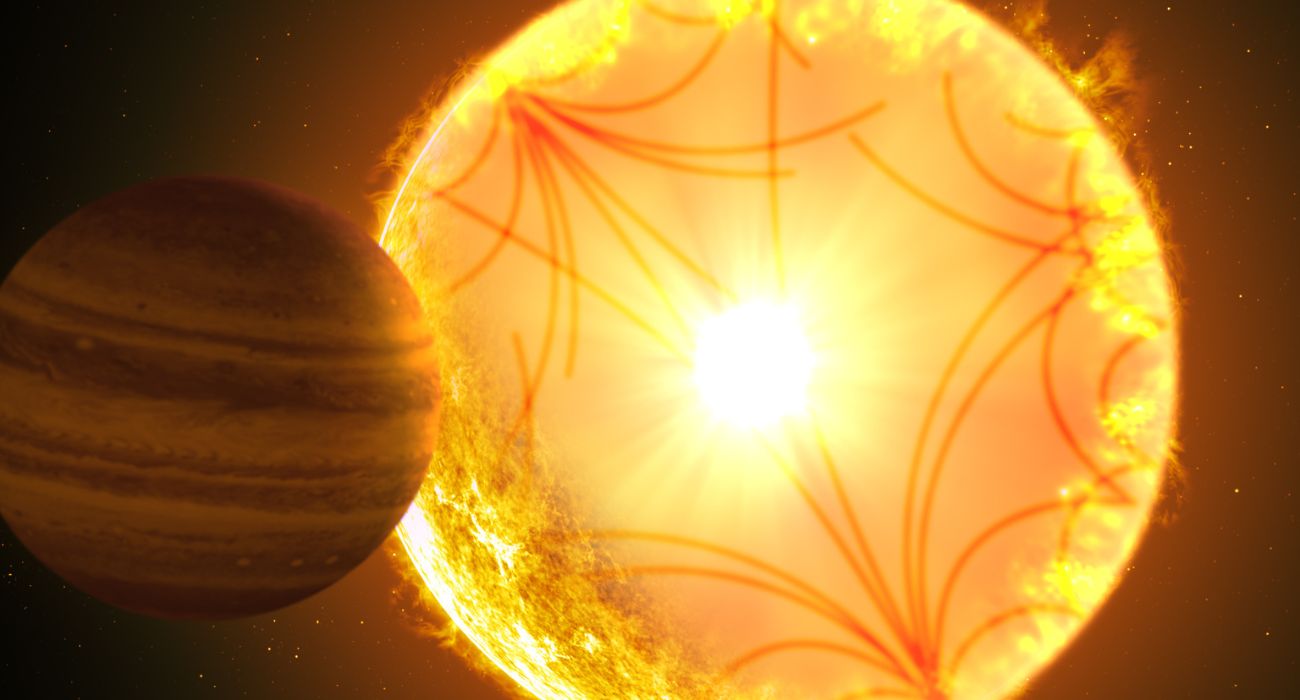Astronomers have spotted an exoplanet with a decaying orbit around an aging host star for the very first time.
This celestial body was the first exoplanet ever discovered by the Kepler Space Telescope, launched in March 2009 with the goal of detecting planets that orbit stars aside from the sun by measuring transits. The exoplanet was discovered in 2019 and was named Kepler-1658b.
Researchers at Harvard conducted a study on the orbit of Kepler-1658b around its F-Type star, which is hotter and larger than our Sun.
This star has reached an evolved state in its life in that it has expanded and reached the “subgiant phase.”
The researchers used transit timing measurements from the Kepler Space Telescope, Palomar Observatory’s Hale Telescope, and the Transiting Exoplanet Survey Telescope over 13 years.
Results from the study indicated that the orbital period of Kepler-1658b was decreasing, marking it as the first evolved system with a detected inspiral. The orbital period of the star is decreasing at a rate of about 131 milliseconds per year.
This shorter orbit indicates the planet has moved closer to its star and thus to its own demise.
“It is tragically spiraling into its host star,” said Ashley Chontos, post-doctoral fellow at Princeton University and member of the study. “It will ultimately end up being engulfed. Death by str.”
“We’ve previously detected evidence for exoplanets inspiraling toward their stars, but we have never before seen such a planet around an evolved star,” said Shreyas Vissapragada, a 51 Pegasi b Fellow at Harvard University and lead author of the study in a press release.
“Theory predicts that evolved stars are very effective at sapping energy from their planets’ orbits, and now we can test those theories with observations,” he continued.
Scientists attribute the cause of Kepler-1658b orbital decay to tides, similar to those experienced by the Earth and the Moon. Whereas the Earth and Moon experience an outward spiral, the exoplanet experiences an inward spiral.
The ill-fated exoplanet has about 2.5 million years left before it falls into the star.






